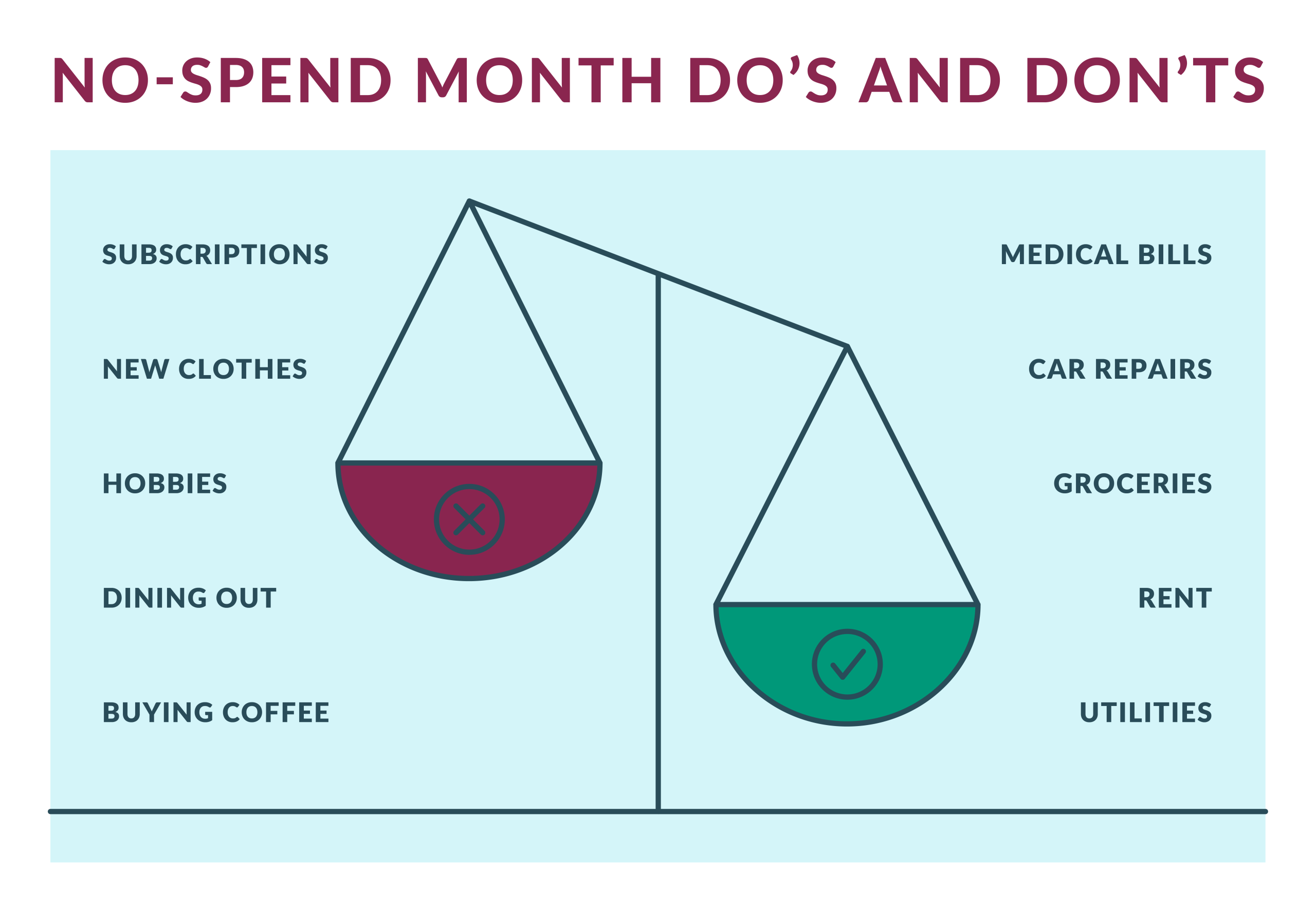Anúncios
Medicare is a federal health insurance program primarily designed for people aged 65 and older.
It also covers younger individuals with disabilities or specific medical conditions, such as End-Stage Renal Disease (ESRD) or Amyotrophic Lateral Sclerosis (ALS).
If you want to learn more about how Medicare works and how to use it, keep reading!
What is Medicare?
Medicare is divided into four distinct parts, each offering different types of health coverage.
Managed by the federal government, Original Medicare includes Part A and Part B, but individuals can choose other plans such as Part C (Medicare Advantage) and Part D (prescription drug coverage).
Beneficiaries can also add supplemental insurance, called Medigap, to help cover out-of-pocket costs not included in standard plans.
How Medicare works in practice
Medicare is a health insurance program primarily covering individuals aged 65 or older, though it also supports younger people with disabilities or specific health conditions like ESRD or ALS.
The way Medicare works depends on the parts and plans you select.
By understanding how the Medicare parts work together and choosing the right combination of plans, you can obtain comprehensive health coverage tailored to your needs.
If your circumstances change, such as relocating to a new state or developing a chronic condition, you can adjust your Medicare coverage during enrollment periods to ensure continuous care.
Who is eligible for Medicare?
You are eligible for Medicare if:
- You are 65 or older and a U.S. citizen or permanent resident.
- You are under 65 but have a qualifying disability (e.g., receiving Social Security Disability Insurance for two years).
- You have ESRD or ALS, qualifying for immediate enrollment upon diagnosis.
Those receiving Social Security benefits are automatically enrolled at age 65, while others must enroll during specific enrollment periods to avoid penalties.
Understand the differences between the types of Medicare
Understand details about the available types:
Medicare Part A
Part A focuses on hospital care. It covers:
- Hospital stays, including semi-private rooms and general nursing care.
- Care in skilled nursing facilities following hospital stays.
- Hospice care for terminal illnesses, including pain management and support services.
- Home healthcare if clinically necessary after hospitalization.
Most individuals do not pay a premium for Part A, provided they or their spouses have paid Medicare taxes during their working years.
However, there is an annual deductible and limits on the number of covered inpatient days.
Medicare Part B
Part B covers outpatient care and preventive services, such as:
- Doctor visits and specialist consultations.
- Outpatient exams, screenings, and mental health services.
- Preventive services like mammograms, flu vaccines, and cardiovascular tests.
Enrollees pay a monthly premium for Part B (around $174.70 in 2024), along with deductibles and copayments for services.
Medicare Part C
This is an alternative to Original Medicare, offered through private insurers. It combines the benefits of Part A and Part B and often includes additional services such as:
- Prescription drug coverage (in some cases).
- Vision, dental, and hearing services.
- Gym memberships or wellness programs.
Medicare Advantage plans have their own costs and rules, such as network restrictions for healthcare providers.
Medicare Part D
Part D helps cover the cost of prescription drugs. Beneficiaries can choose from various Part D plans offered by private insurers, which vary in terms of covered medications and costs.
It is essential to review the formulary (list of covered drugs) when selecting a plan to ensure it meets your medication needs.
What does Medicare not cover?
While Medicare offers comprehensive coverage, it does not cover everything. Common exclusions include:
- Long-term care in nursing homes or assisted living facilities.
- Routine dental, vision, and hearing care (except through some Advantage plans).
- Cosmetic surgery and alternative therapies like acupuncture.
- Care outside the United States, except in special circumstances.
To fill these gaps, many beneficiaries purchase Medigap policies or select a Medicare Advantage plan with broader coverage options.
When can you enroll in Medicare?
Check out details on when to register:
Initial Enrollment Period (IEP)
You can enroll starting three months before your 65th birthday until three months after. If you are already receiving Social Security benefits, you will be automatically enrolled.
General Enrollment Period (GEP)
If you miss the IEP, you can enroll between January 1 and March 31 each year, with coverage starting on July 1. However, late enrollment may result in higher premiums for Part B.
Open enrollment period
Between October 15 and December 7, you can switch plans, such as moving from Original Medicare to Medicare Advantage or changing your Part D plan. Any changes take effect on January 1 of the following year.
Medicare plays a crucial role in providing healthcare for older Americans and those with specific disabilities. Understanding the nuances of each part — A, B, C, and D — and recognizing coverage gaps is essential for making informed decisions.
Whether you choose Original Medicare with Medigap or a Medicare Advantage plan, knowing when and how to enroll ensures you get the most out of your benefits while avoiding unnecessary penalties.
We hope you enjoyed this content! For more information like this, visit our website!
Looking for a suggestion? Check out our article explaining what social anxiety is and how it can directly affect your health.






